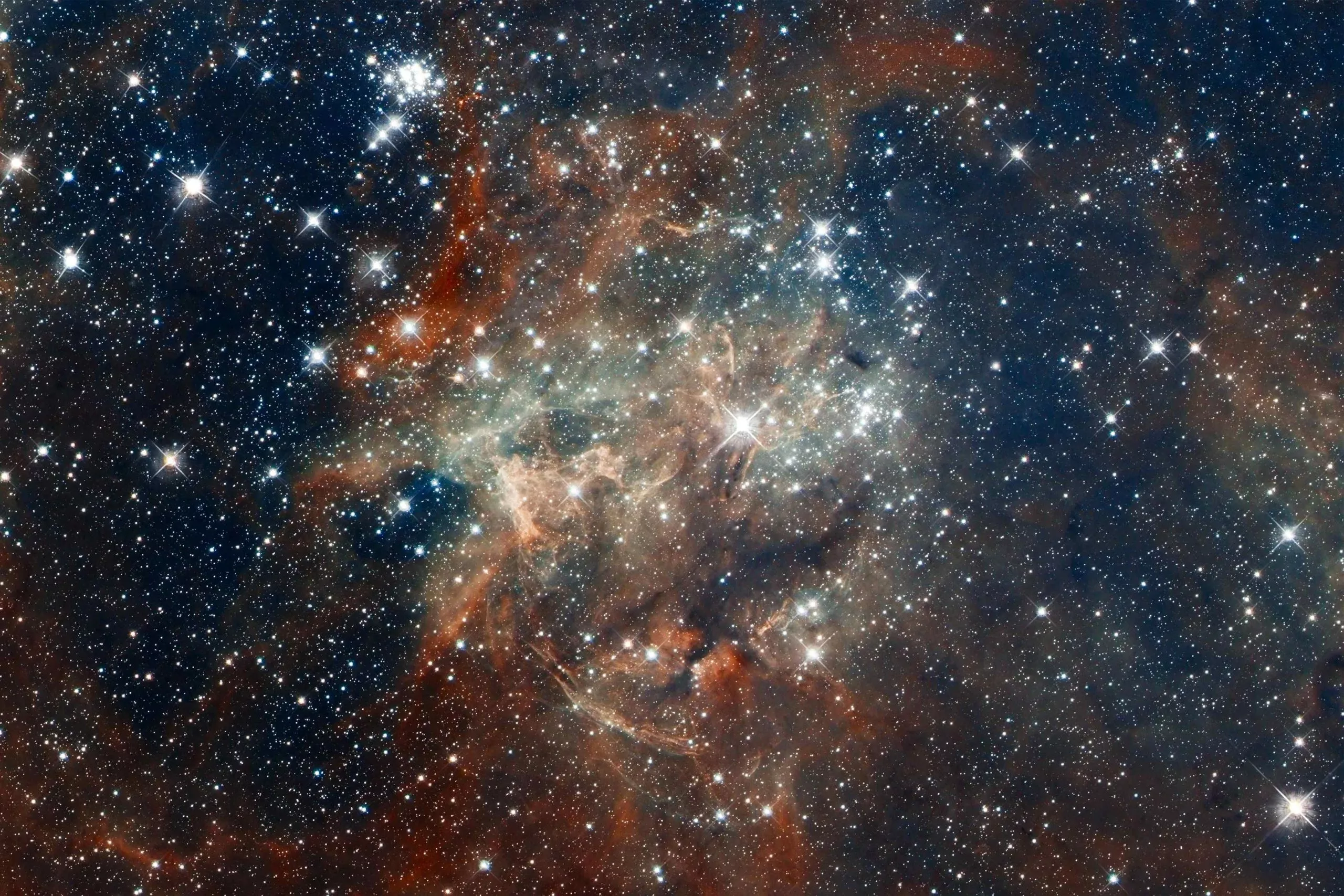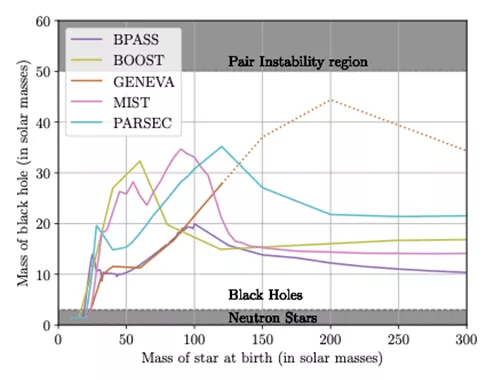Less than one percent of the stars in a galaxy have more than ten solar masses. Although they are very rare, massive stars are believed to play a key role in shaping their surroundings and ultimately determine the evolution of their star clusters or galaxies.

The simulation of massive stars has been used in many fields of astrophysics, from predicting the rate of gravitational wave events to studying star formation and cluster evolution. However, their rare and short life and their more extreme characteristics mean that the evolution of massive stars is full of uncertainty. These uncertainties are complicated by the fact that accurate three-dimensional modeling of stellar life is very expensive from the perspective of computational resources.
Therefore, stellar evolution is modeled by one-dimensional (1D) code, that is, only taking radius or mass as spatial coordinates. Three dimensional (3D) processes such as rotation and mixing are approximated by one-dimensional analogues, which generally have good results for most stars.
However, the use of these 1D analogues in the envelope of massive stars (and in low mass stars in the later stage of evolution) will lead to numerical challenges in the stellar evolution code. The calculated time steps become very small (days), and it is difficult for one-dimensional code to calculate the further evolution of stars.

When researchers try to find solutions using multidimensional models, the one-dimensional star evolution code adopts different practical methods to promote the evolution of stars beyond these numerical challenges. These methods, together with other uncertain parameters in the evolution of massive stars, can greatly change the prediction results of massive star models. To see how different their predictions would be, the researchers examined massive star models from five different data sets, each calculated with a different one-dimensional code.
As a result, they found that some aspects of these predictions were extremely sensitive to the modeling assumptions adopted by different codes. As shown in Figure 2, different sets of massive star models show about 20 differences in the mass of the sun in the prediction of the mass of the formed black hole.
In addition, the researchers also found that there are great differences in the radial evolution of these star models, so there are also great differences in the ionizing radiation they produce. These differences will directly affect the binary evolution and the simulation of stellar environment.